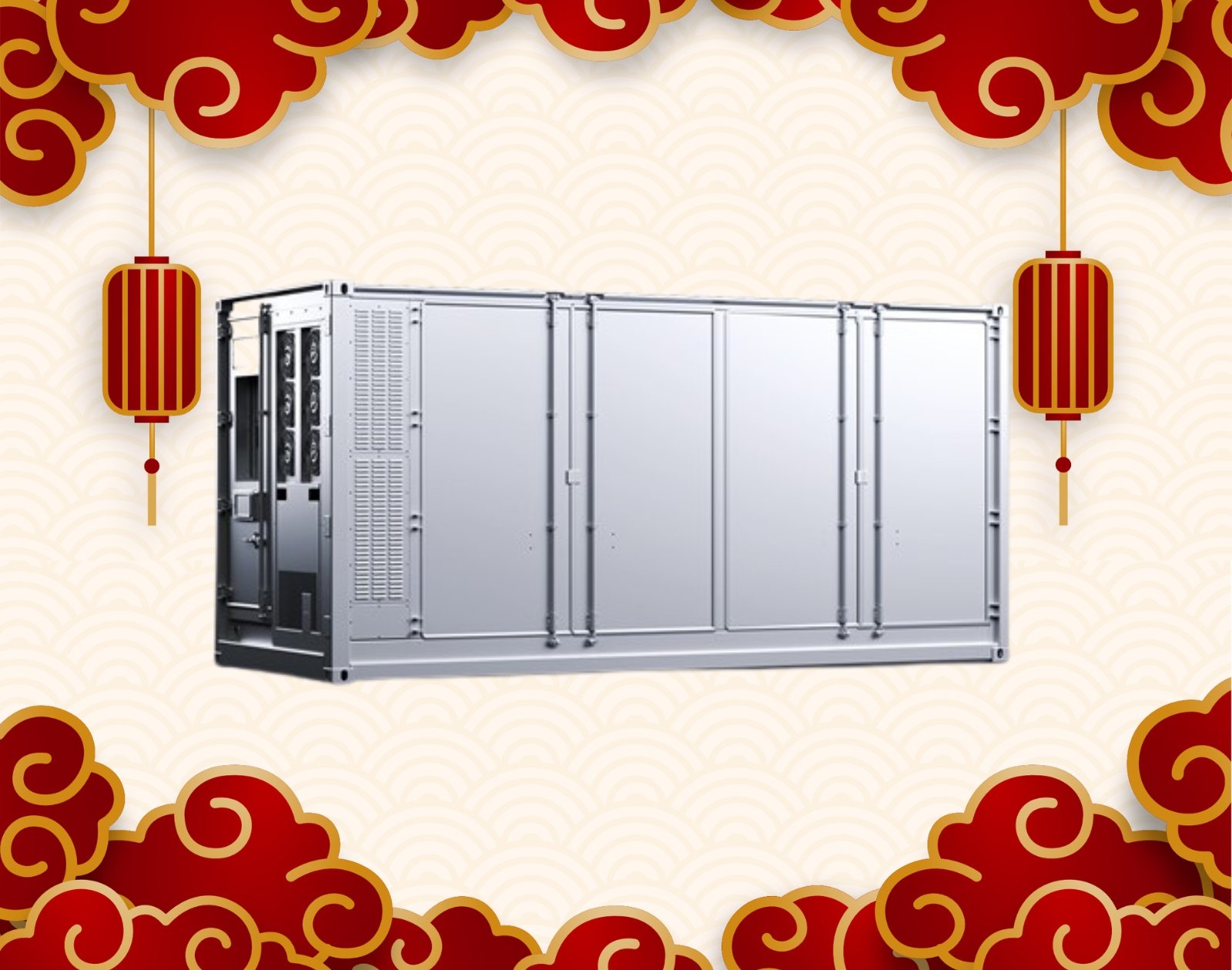Explore The Battery Selections: Making the Best Option for The Automobile
Regarding keeping your vehicle running smoothly, choosing the right battery is crucial. Whether you drive a car or have a motorcycle, the battery is the heart that drives your engine, electronic components, and accessories. A dependable battery ensures that your vehicle starts smoothly, providing peace of mind for your commutes or weekend adventures. However, with so many battery options available in today’s market, picking the best one can be challenging.
Comprehending your specific needs and the differences between battery types can significantly impact your decision. From traditional lead-acid to lithium-ion, each battery type has distinct advantages and factors to consider. In yuasa battery , we will explore the essential aspects of vehicle batteries, helping you navigate the options to find the ideal fit for your car or motorcycle. By making an informed choice, you can enhance your vehicle's performance and reliability, ensuring you enjoy every journey to the fullest.
Types of Vehicle Batteries
As you consider selecting a battery for the vehicle, it's important to understand the multiple categories available. One of the most prevalent types is the lead-acid battery, which comprises sulfuric acid and lead plates. These batteries are commonly utilized in cars due to their cost-effectiveness and dependability. They come in two main designs: sealed and flooded. Flooded batteries need upkeep, while sealed batteries, commonly referred to as maintenance-free, provide convenience with no need for water refills.
A further alternative is the AGM battery. AGM batteries are known for their durability and resistance to vibration, which makes them perfect for motorcycles and vehicles used in rugged conditions. They offer a faster recharge time and more energy density compared to conventional lead-acid batteries. Additionally, AGM batteries are spill-proof, which adds another level of safety and ease.
Lithium-ion batteries are growing in use in the auto industry, especially for electric and hybrid vehicles. These types of batteries provide increased energy capacity and a more prolonged lifespan, albeit with a higher upfront cost. The lithium-ion technology allows for faster charging and a reduced weight, making them an attractive choice for improving vehicle performance. However, the intricate nature and sensitivity require specific management systems to ensure safety along with longevity.

Determining the Optimal Battery
Selecting the right battery for your vehicle begins with understanding the specifications that correspond to your car or motorcycle's requirements. Begin by checking your owner’s manual, that provides essential information such as size, type, and power ratings necessary for peak performance. A battery that fits these criteria will ensure reliable starting and operation, while a incompatible battery may lead to operational problems or even damage.
Next, consider the several battery types available to you. The most prevalent types include lead-acid, absorbed glass mat (AGM), and lithium-ion batteries. Lead-acid batteries are usually less expensive but may not perform as well in severe weather. AGM batteries provide better performance and a longer lifespan, making them suitable for high-performance vehicles. Lithium-ion batteries are more lightweight and provide exceptional performance but come at a increased cost.
Finally, reflect on your driving habits and climate conditions when making your choice. If you are located in a region with harsh temperatures or regularly drive in stop-and-go traffic, you may require a battery with increased cold cranking amps (CCA) or one designed for cycling deep. Evaluating these factors will guide you towards making an informed decision that not only fits your vehicle but also matches your lifestyle and environment.
Battery Maintenance Suggestions
Consistent care is crucial for increasing the life of your vehicle's battery. Commence by checking the battery terminals for corrosion and grime, which can hinder power flow. Wiping the terminals with a mixture of sodium bicarbonate and water can aid. Ensure that the posts are secure to prevent any power loss.
Then, check the battery electrolyte levels if you have a conventional lead-acid battery. Low fluid levels can point to a problem, so top off with distilled water as needed. It is also wise to measure the battery's voltage with a voltmeter or take your vehicle to a mechanic to ensure it maintains the correct voltage and is operating properly.
Lastly, be cognizant of temperature effects on your battery. Excessive heat can cause battery fluid to dissipate, while severe cold can reduce its efficiency. Keeping in a covered space or using a battery protection kit can assist reduce these temperature extremes and promote better battery operation throughout the year.